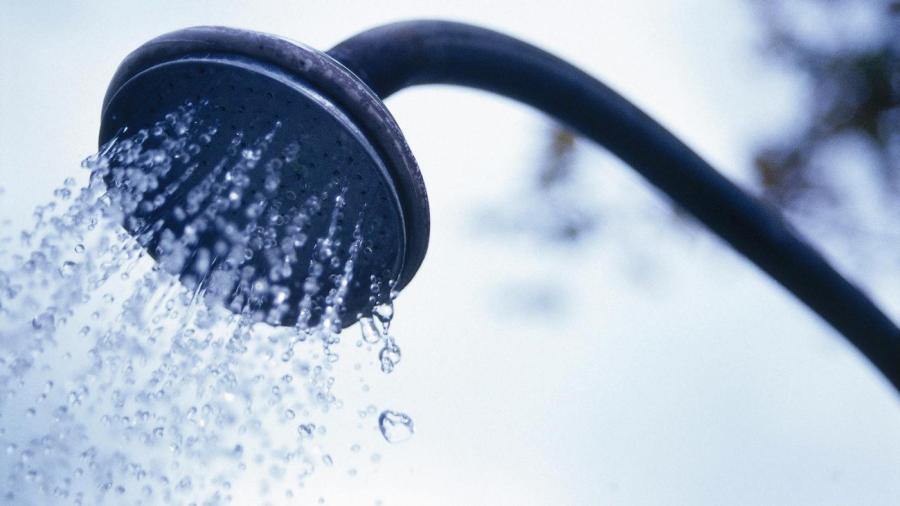What Is the Flow Rate of a Typical Shower?

EPA restrictions enacted in 1994 limit standard showerheads to a flow rate to 2.5 gallons per minute (gpm). This is not only to save water, but to save energy usage by the water heater. Previously, shower heads had a standard flow rate of 5.5 gpm.
Showering accounts for 17 percent of indoor home water use. The United States uses 1.2 trillion gallons of water annually just for showers; this is enough to supply residents of New Jersey and New York with water for a year. Water-efficient showerheads save even more water by decreasing the flow rate to 2.0 gpm.
The EPA certified WaterSense label ensures that the spray intensity and water coverage is equal to that of standard 2.5-gpm showerheads. WaterSense showerheads save an average family up to 2,900 gallons of water per year. This not only saves money but decreases the demands on the water heater, giving it a longer life.
Replacing a standard showerhead is simple. The average homeowner can use an adjustable wrench to remove the old head. After removing the old plumber’s tape, he can apply new tape in the same direction that the head is screwed on and then tightly screw on the new showerhead . Multi-jet shower towers often require a plumber for installation.





